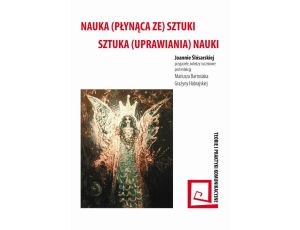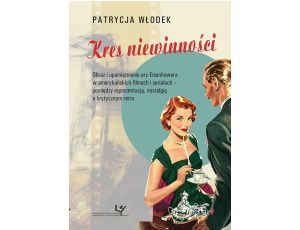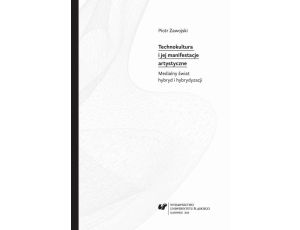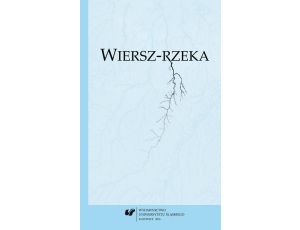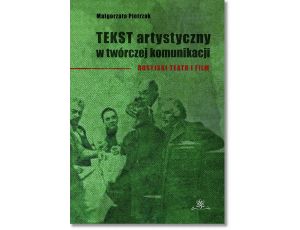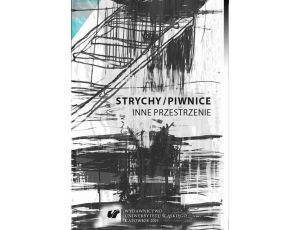Opis produktu
Opinie
Two volumes of studies were prepared in connection with the Jubilee International Conference celebrating the 200th Anniversary of the First Lecture on the History of Art at Vilna / Wilno / Vilnius University on September 14–16, 2010 in Toruń.On September 15, 1810, professor of “etching and the literature of fine arts” Joseph (Józef) Saunders (London 1773 – Krzemieniec, Volhynia 1854) delivered the lecture at the Faculty of Literature and Art, entitled Discours sur l’influence ou l’utilité des arts imitatifs (On the Influence and Use of Mimetic Arts), published in Polish under the title O wpływie i użytku sztuk naśladowniczych in “Pamiętnik Magnetyczny Wileński” (“Vilna Magnetic Diary”) in 1816. The bicentenary of the first university lecture on the history of art at the Vilna University is simultaneously the bicentenary of the research into art in Poland, Lithuania and Central-Eastern Europe. After World War II, the tradition of the Vilna University was inherited in Poland by the Nicolaus Copernicus University in Toruń.The book – with 71 studies prepared by scientists from 14 countries – is devoted to the past of art history as a scientific discipline and its contribution to creating national and aesthetic identity of the countries of Central, Eastern and South-Eastern Europe, the majority of which were deprived of independence and subordinated to partitioning of the nations in the 19th century, and in the 20th century, subjected to the pressure of totalitarian states. In the 19th century, these nations were often united in their fight for independence and democratic civic rights. Research, as well as providing patronage to artistic heritage, became an important element of creating national cultures. It began with the interest in antiquity, typical in the first half of the 19th century, and expanded to establishing of institutions of culture and learning (scientific societies, art schools, museums, periodicals), and to creating university-based history of art. The scope of the book also encompasses national minorities, such as Jews, Armenians, Tatars and the Finno-Ugric peoples. Different artistic, cultural, historical, and religious traditions of states, nations and national minorities, as well as a variety of relationships of art and political and social ideologies exerted their influence on art historians, conducting research on this part of Europe.Important anniversary evokes reflection both on the complicated past of the history of art and on its present state in this part of Europe, the region which, after the October Revolution and then World War II, was separated from the rest of the continent by a wall.
Vol. 1:
– The genesis of art history as a science
– Research on religious art
– The historiography of art
– Art history in the Islamic Europe
Cechy
| Rodzaj: | e-book |
| Format pliku: |
|
| Autor: | Jerzy Malinowski |
| Język publikacji: | angielski |
| Rok wydania: | 2012 |
| Liczba stron: | 300 |
| Miejscowość: | Toruń |
| Redakcja: | Jerzy Malinowski |
| Serie: | WORLD ART STUDIES. CONFERENCES AND STUDIES OF THE POLISH INSTITUTE OF WORLD ART STUDIES |
